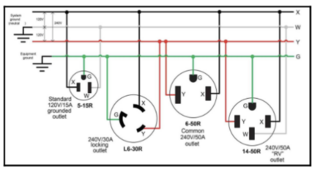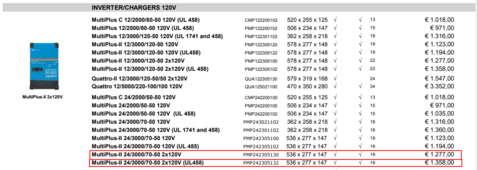ab_oilpatch68
New Member
Good Morning, looking at putting a 48V system in my RV. I have seen videos that deal with 30amp RV's. Ours is 50amp, what things do we have to take into account for this. Would like to just plug the existing 50amp rv cable into the inverter and run the system that way.




